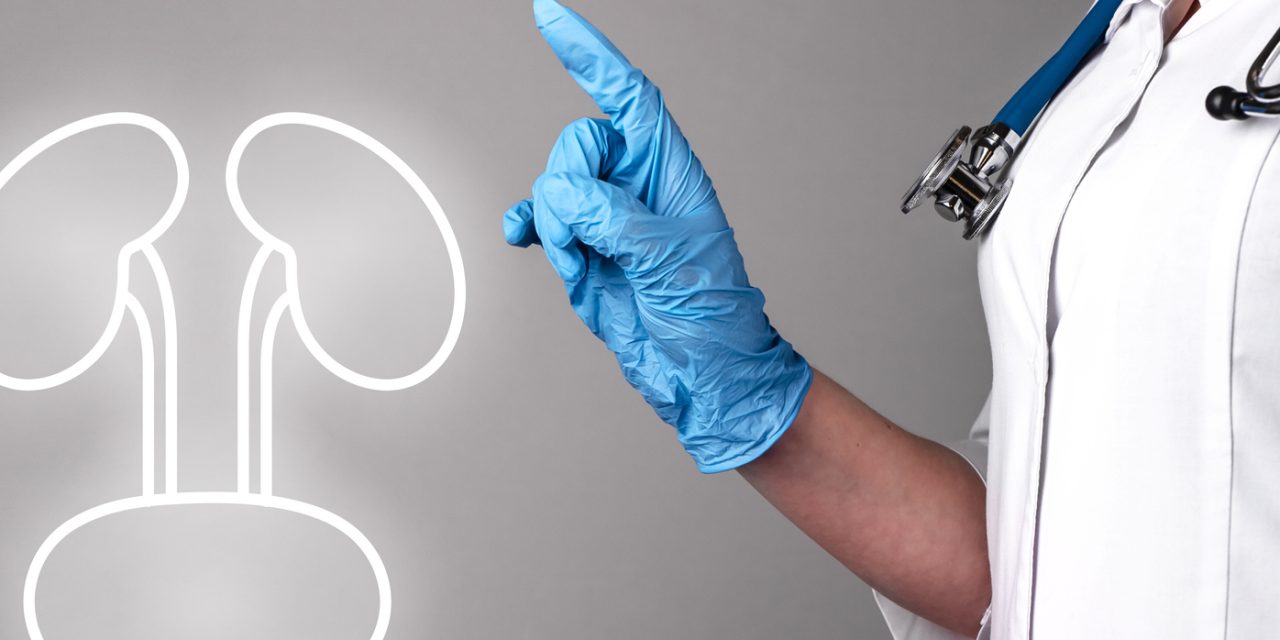Major urological oncology medical procedure conveys a critical danger of postoperative venous thromboembolism occasions, bringing about significant grimness, conceivable mortality and generous expenses. We decided the gradual expense adequacy for in-medical clinic and low sub-atomic weight heparin expanded length prophylaxis for venous thromboembolism avoidance in patients at high danger following major urological oncology medical procedures . A choice insightful model was created to think about inpatient emergency clinic costs, venous thromboembolism occurrence inside 365 days and results related to broadened length prophylaxis for 4 prophylaxis methodologies. The 4 systems gathered by convention adherence were 1) per convention in-clinic prophylaxis with broadened length prophylaxis in 88 cases, 2) per convention in-clinic prophylaxis without expanded span prophylaxis in 42, 3) not per convention in-emergency clinic prophylaxis with expanded term prophylaxis in 80 and 4) not per convention in-medical clinic prophylaxis without broadened length prophylaxis in 99. Between June 2011 and March 2014, 707 patients went through major urological oncology medical procedures . Utilizing the Caprini hazard score 309 patients were at high danger. Contrasted and contending systems in-emergency clinic and expanded length prophylaxis for venous thromboembolism avoidance in patients at high danger going through major urological oncology medical procedure is viable to forestall venous thromboembolism and it is cost saving.
Reference link- https://www.sciencedirect.com/science/article/abs/pii/S2352077915002071


